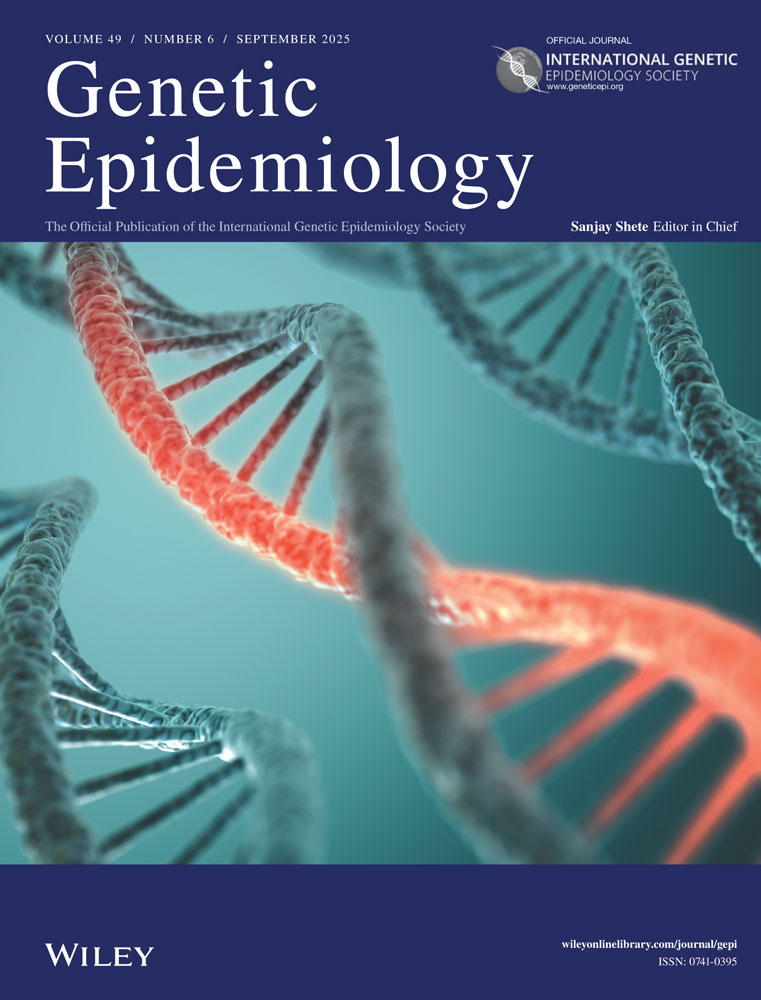Accuracy of proband reported family history: The NHLBI Family Heart Study (FHS)
Abstract
Proband-reported family histories are widely used in research and counseling, yet little is known about the validity of family history reporting. The Family Heart Study (FHS), a population-based study of familial cardiovascular disease, gathered family history information from 3,020 middle-aged probands in four U.S. communities. Probands reported on the history of coronary heart disease (CHD), diabetes, hypertension, and asthma among a total of 10,316 living relatives (9,186 siblings, 1,130 parents) and 2,685 spouses. Questionnaires were returned by 6,672 siblings, 901 parents, and 2,347 spouses, yielding response rates of 73, 79, and 87%, respectively. Utilizing the relatives' self-report as the standard, sensitivity of the proband report on their spouse, parent, and sibling was 87, 85, and 81% for CHD, 83, 87, and 72% for diabetes, 77, 76, and 56% for hypertension, and 66, 53, and 39% for asthma, respectively. Most specificity values were above 90%. Analyses using generalized estimating equations (GEE) were performed to evaluate differences in proband accuracy based on the proband's age, gender, disease state, center, and ethnicity. In multivariate models, age, gender, and disease status were significantly associated with the accuracy of proband's report of sibling disease history, but had little effect on the accuracy of their report on spouses or parents. In general, older probands were significantly less accurate reporters of disease than younger probands. These results demonstrate that CHD family history can be captured effectively based on proband reports, but suggest that additional family contacts may be helpful when working with older probands or with chronic diseases that have few recognized medical events or procedures. Genet. Epidemiol. 17:141–150, 1999.© 1999 Wiley-Liss, Inc.




